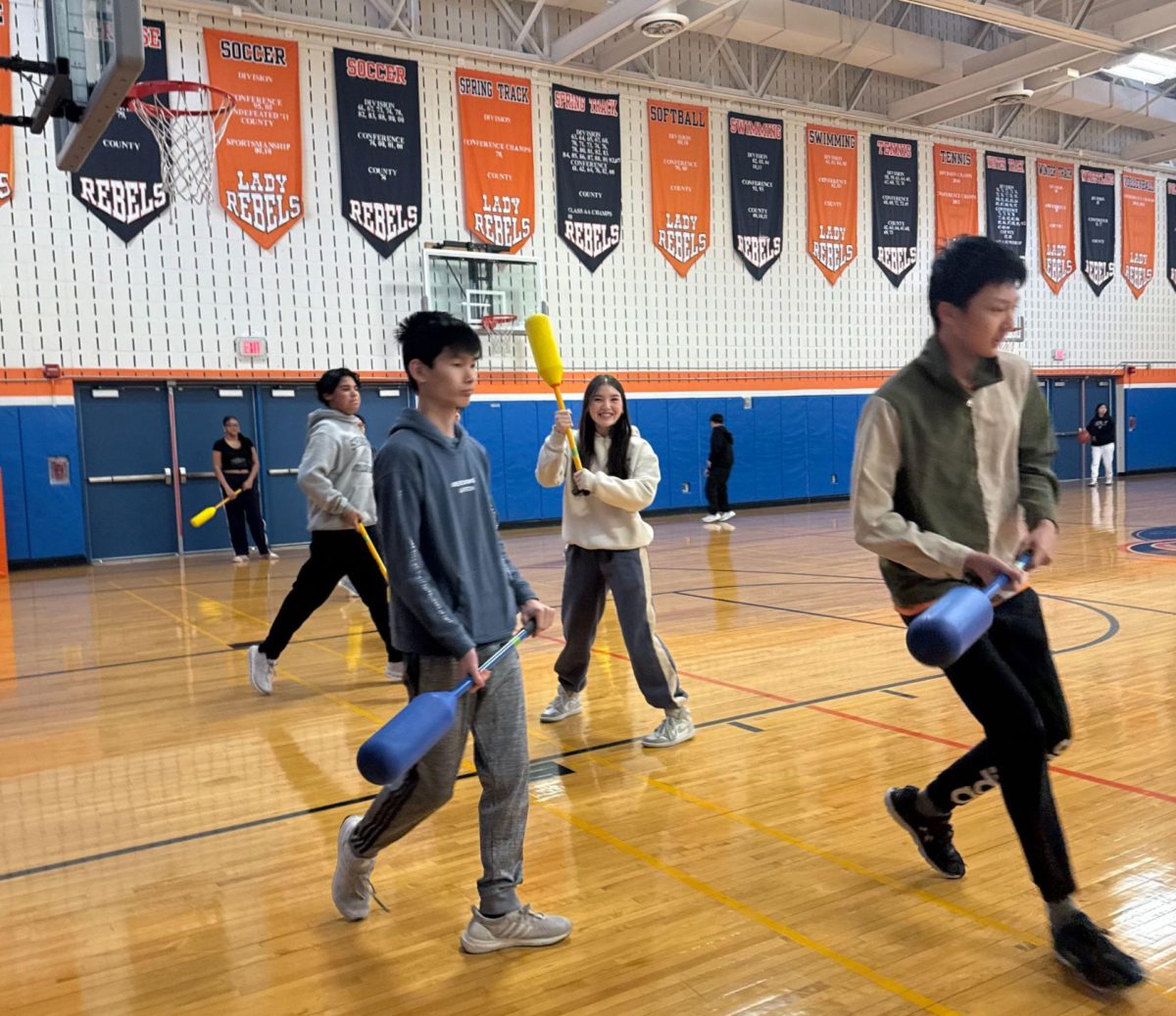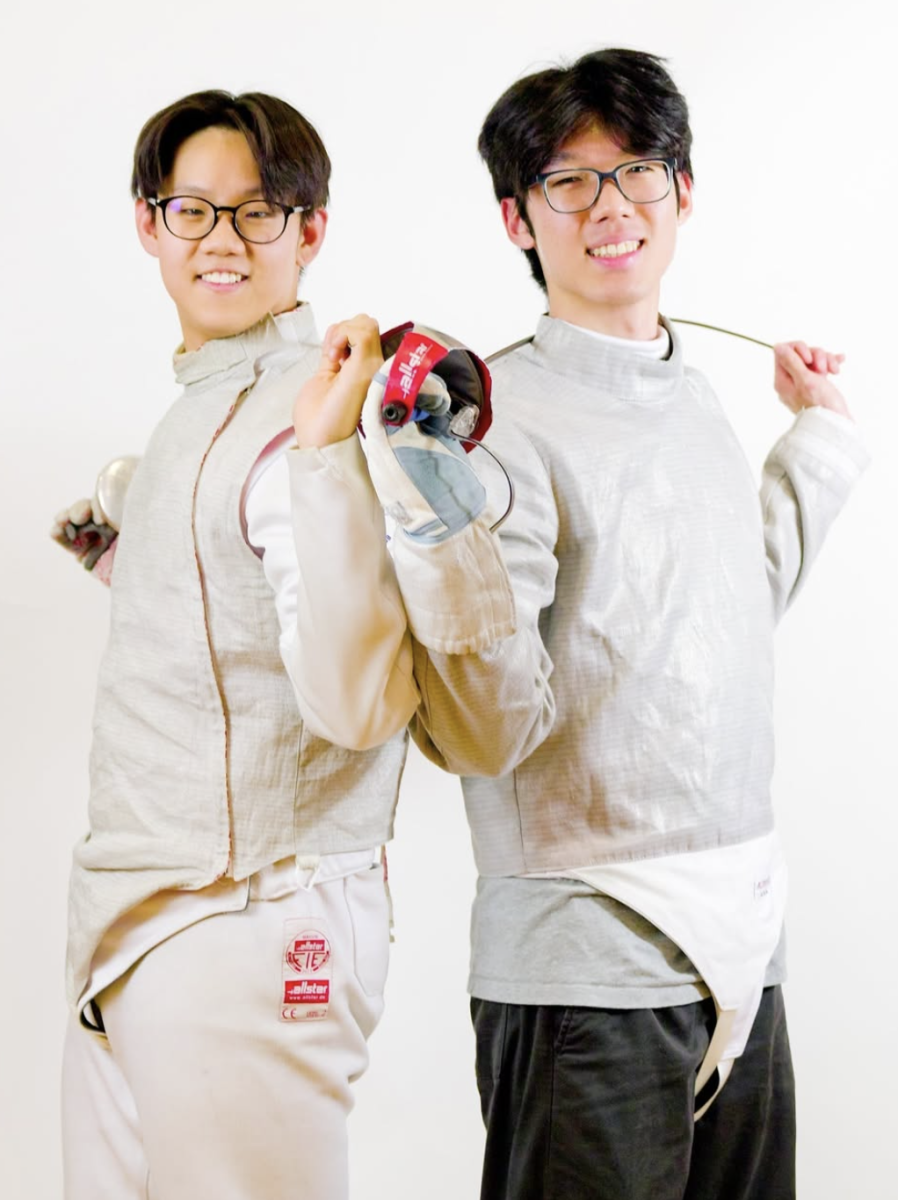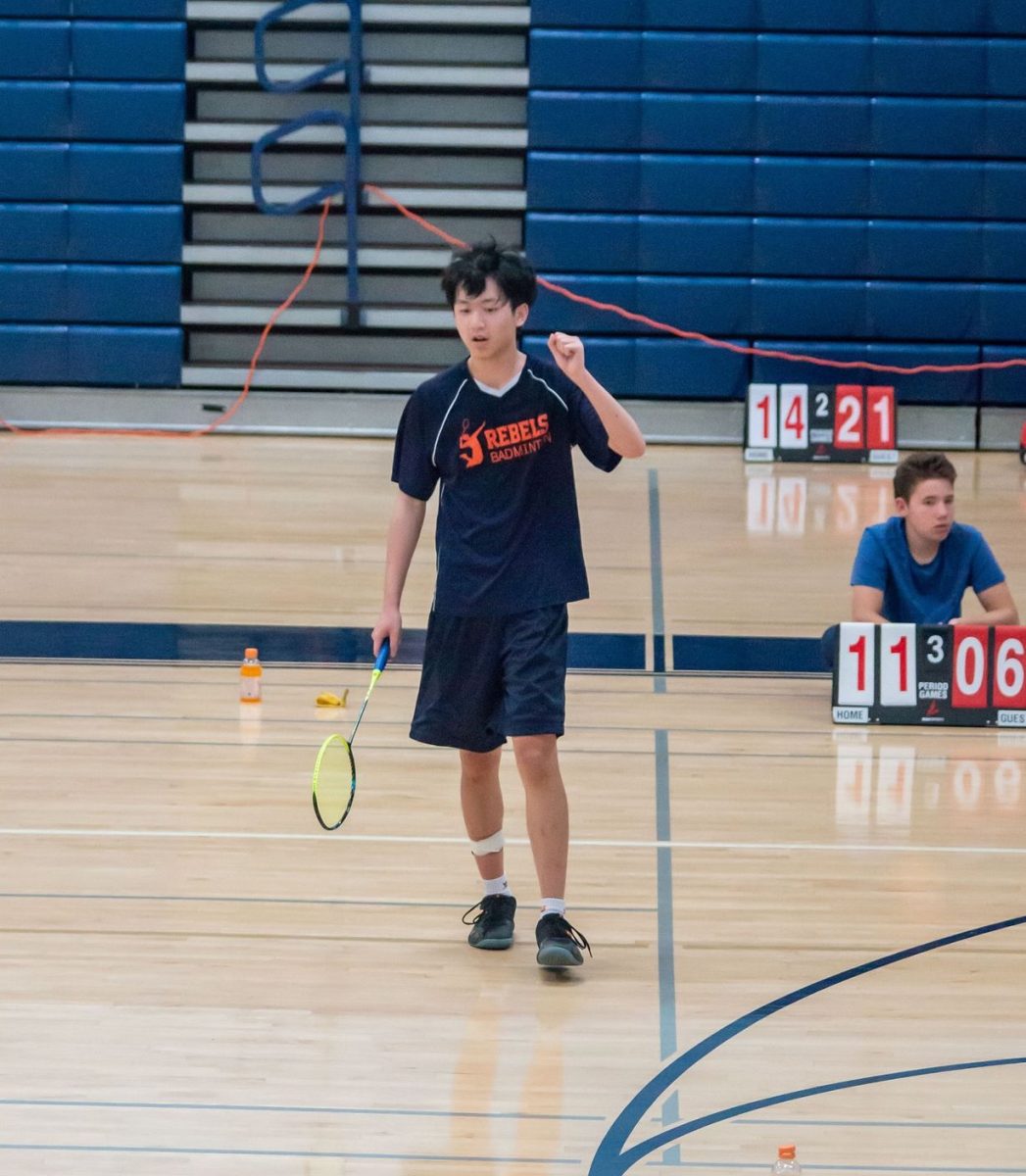As the winter season approaches full swing, the many sports teams of South High’s winter season are close to halfway through their games. You may know the fencing team or the swim team — but have you ever heard of the bowling, gymnastics, or cheerleading teams? Many less familiar sports get overshadowed by more easily recognizable ones, causing their achievements to receive less attention. It’s time for the unknown sports to step into the spotlight.
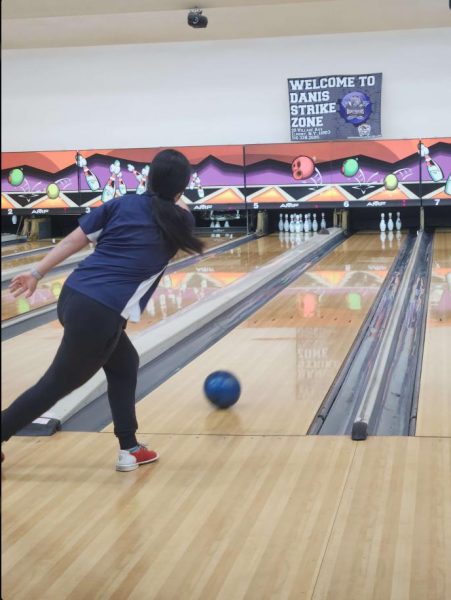
Bowling
South High has a bowling team? Although some students might be surprised to learn that we do, this year’s tryouts suggest that those students are in the minority. Compared to previous years, when only 30 prospective team members tried out for both the boys and girls teams, over 60 people tried out this year. “I don’t know why, but it made making the roster very hard,” Coach Matthew Corrigan said.
Bowling is a mental sport: Rather than chucking the bowling ball down the lane, bowlers consider how much strength to put into the delivery and where to aim the ball. “The physical repetition of rolling the ball is the same almost every time; it’s just the mindset of trying to pick up those pins and keeping yourself ahead of the score and in the bonus,” Coach Corrigan said. Professional bowling is an individual sport; however, school bowling is different. Three games are played at each meet—six athletes bowling for each game—and the team that wins the most games will win the overall meet. Although the boys and girls teams do well during meets, they aim to do better in conference tournaments and in counties.
Out of all the sports, bowling stands out as the only one that uses outside facilities for their practice. Three times a week, both teams take a 40-minute bus ride to Dani’s Strike Zone in Elmont, where they practice from 4:50 to 6:00, and then make the return ride to school in time for the 6:30 bus.
Normally, the team bowls three games at each practice or two games with fundamental drills at the end. As they are at the mercy of the facility they use, the team cannot practice daily since they have only three days and two lanes per week. However, this does not stop them from practicing as hard as they can in the allotted time they have. “[Bowling] teaches you a lot about yourself,” Coach Corrigan said. “I think it’s really important that going forward, [the team] can look at themselves in the mirror and be honest to themselves about how to get better.”
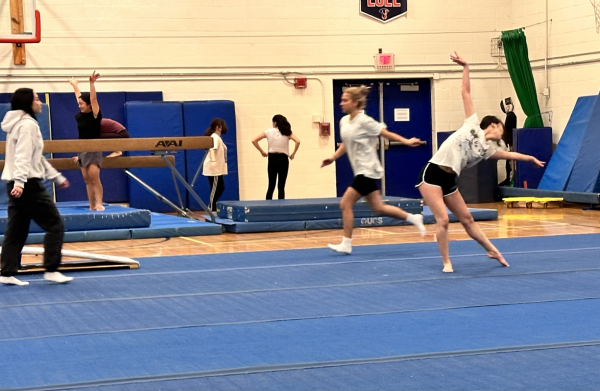
Gymnastics
From forward rolls to flyaways, gymnasts are known for their fearlessness on the balance beam and the uneven bars. “Gymnastics is the definition of a mind-muscle connection — and a strong one at that,” Coach Rhiannon Disilvio said. Each skill a gymnast performs requires them to have laser focus and body control. Combined with the spatial awareness one gains, gymnastics is a distinctive sport. Female gymnasts compete in four events: vault, bars, floor, and beam. Sophomore Emily Zhang helps choreograph routines; however, each athlete contributes to decisions regarding which events they will compete in and what their routines will look like. “I’m hoping to make gymnastics as fun and fulfilling as possible for all of the gymnasts,” said Coach Disilvio.
The team practices two hours every day for 5 to 6 days. During these practices, they work on specific skills and movements for each event, drilling isolated movements, which are then sequenced to create combinations and routines. To prepare for these drills, the team conditions to gain the necessary stamina and flexibility to be a gymnast.
Instead of focusing on wins in meets or invitationals, the gymnastics team strives to gain new skills and improve on old ones. “Many people are new this year and need to start with the basics,” Zhang explained. “The individual skills and basics can be built upon. For example, a cartwheel can become a side aerial, or a front walkover can become a front aerial.” The team celebrates each others’ small victories and this has formed a close bond within the girls. “They encourage and motivate each other to do better every day.” Coach Disilvio said. “You can hear it and feel it in the welcoming and positive atmosphere the girls have created.”
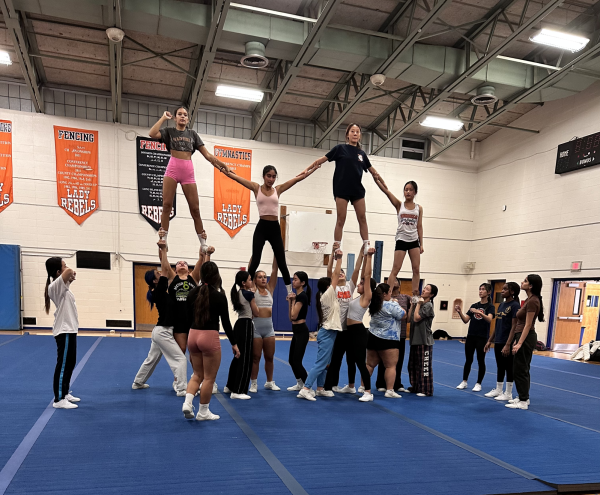
Cheerleading
With only 2.5 minutes to perform, the girls of the winter cheerleading team have to amaze the judges and the crowd with their jumps, tumbling, stunts, dancing, cheering, and pyramid formation. Though cheerleading is best known for the sideline component, the competition aspect is the more “traditional” version of cheerleading. While stunts are important, the most critical aspect of cheerleading is the energy. “Energy is what we strive for,” Coach Jessica Thompson said. “If the crowd is really involved, that means we’re doing an excellent job.”
While the judges critique the performance, they also consider how the crowd reacts to the enthusiasm of the team. To ensure the spectators have a high energy level, the cheer team must always keep their own energy high. Last year, the girl’s winter cheerleading team placed ninth out of the 18 teams in their division. The goal this year is to surpass that place.
To achieve a better standing, the entire team works together to create the choreography. Seniors and underclassmen with dance abilities step up to make the team’s routine, and Coach Thompson makes the music for their routine. “If, for example, the judges don’t like the way we did something in the cheer, we come back and fix it in hopes to score better the following week.”
The stereotype for sports teams is that they all become a family; the cheerleading team takes this to a whole new level. Unlike other sports, many of the girls are on the team for both the fall and winter seasons, August through February. Teamwork and trust are built through dinners, bonding, and practices. Coach Thompson said, “[Family]’s the biggest thing that we have here that I don’t see very often in other sports. You show up, you practice, you have your game, and you go home.”





